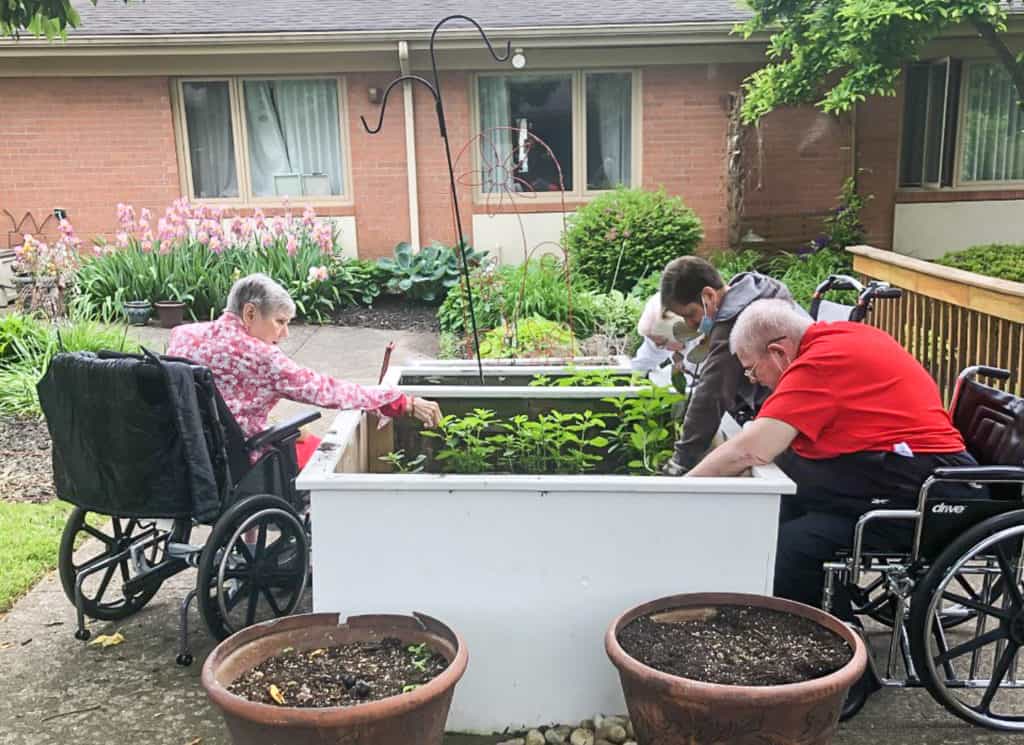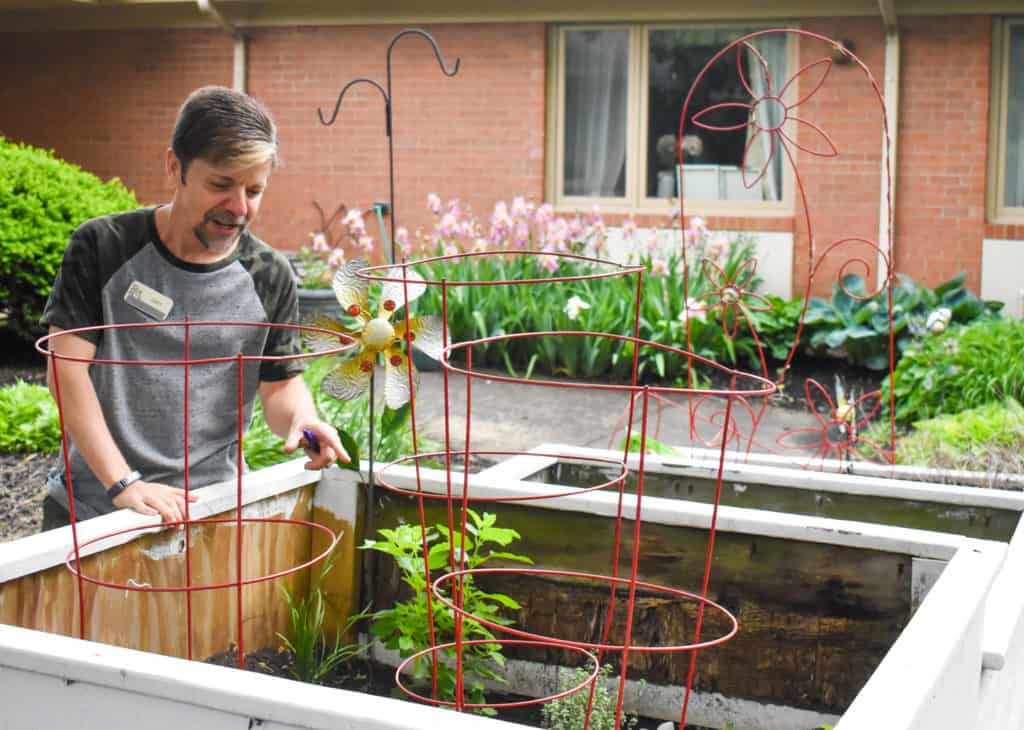
Have you ever walked into a room and suddenly been reminded of a memory from your childhood? Perhaps you enter a store and a memory of being handed a pink bubble gum ice cream cone washes over you like a wave? Or you walk past a lake or river and feel as though you’ve been transported back to those summer evenings spent fishing alongside your dad or grandpa? Instead of a memory, maybe you’re simply filled with a sense of familiarity; that feeling of déjà vu.
Why do these déjà vu moments occur? Turns out memory and emotions are tightly connected to our five senses: smell, taste, touch, sight, and hearing. These five senses are instrumental in how we process the information in our surrounding environments both mentally and physically.

As we grow older our senses shift, and it is scientifically proven that as we age our senses decrease in their ability to respond to stimuli. This can manifest as hearing loss; words may sound muffled or you may mistake certain words for others such as, “wash” instead of “watch.” If someone is experiencing a loss of one of the five senses, especially hearing or sight, they may become frustrated, or feel isolated, disconnected, and depressed. They may withdraw from engagement with others. If they are experiencing a loss of taste they may eat and drink less. Did you know that at age 30 a person has approximately 245 tastes buds, but by the age of 70 that number has decreased to about 88 taste buds?
It is important to note that there are ways to understand and manage these changes. As we’ve said many times throughout our blog posts, here at The Babbling Brook, we believe that knowledge is power – the more we understand about the evolution of our senses as we age, the more we will be able to adapt to those shifts. Check out this article called, Making Sense of Sensory Losses as We Age, to learn more about these shifts and how to manage them.

There are ways to help stimulate the senses as well. One method, commonly used for patients with dementia or any kind of cognitive disability, is called sensory stimulation therapy. Sensory stimulation therapy utilizes everyday objects to evoke the five senses. The goal of this kind of therapy is to conjure up positive emotions or feelings, or to recreate a sense of peace and safety from a sensory memory that has been buried deep within.
Click the audio below to incorporate your sense of hearing into this blog post:
At Willow Brook Christian Home, our dynamic duo, Christy (Director of Activities) and Chris (Assistant Activity Director), have noted the importance of nature in conjunction with sensory stimulation therapy, and how it can be used to positively impact our residents. They are cultivating (pun intended) a space called the Five Sense Garden. Located in the courtyard across from the activities room at the Home, the Five Sense Garden, is a natural space meant to arouse the senses:
Sight: Lush greens, bright reds and pinks, deep indigos, rusty browns, and pale purples are present in the plants and garden decorations.
Hearing: The chirping of birds, trickles of water, whistling wind, chatter of squirrels, and even occasional conversation between friends can be heard in the garden.
Smell: The sweet scent of flowers, pungent earthy soil, and fresh herbs great you at the entryway.
Taste: Once the vegetables are ready for harvesting the tastes buds will be awakened by the somehow truer taste of a homegrown vegetable like a juicy tomato or fresh cucumber.
Touch: Assisting in planting, weeding, and caring for the seedlings and plants in the garden allows residents to feel the crumbly damp earth, delicate smooth waxy surface of a flower petal, and even stroke the leaves of a plant called deer’s ears – yes it is as soft and fuzzy as it sounds!
To view our full gallery of photos, clicking the image to enlarge it, then click the arrow to scroll through:
In closing, what memories in your lives are linked to one of the five senses? If you picture your most poignant memory, which of the five senses are present in your recollection? How might what you’ve read today impact how you interact with older adults – will you be more patient with an older adult struggling with the loss or decrease of one of their senses? We encourage you, as the reader, to stop for a moment of reflection to answer these questions for yourself. If you are an older adult struggling with one of these sensory losses, don’t hesitate to reach out to a trusted doctor or friend for help. And don’t forget to stop and smell the roses – who knows, you may just be creating a sensory based memory!



